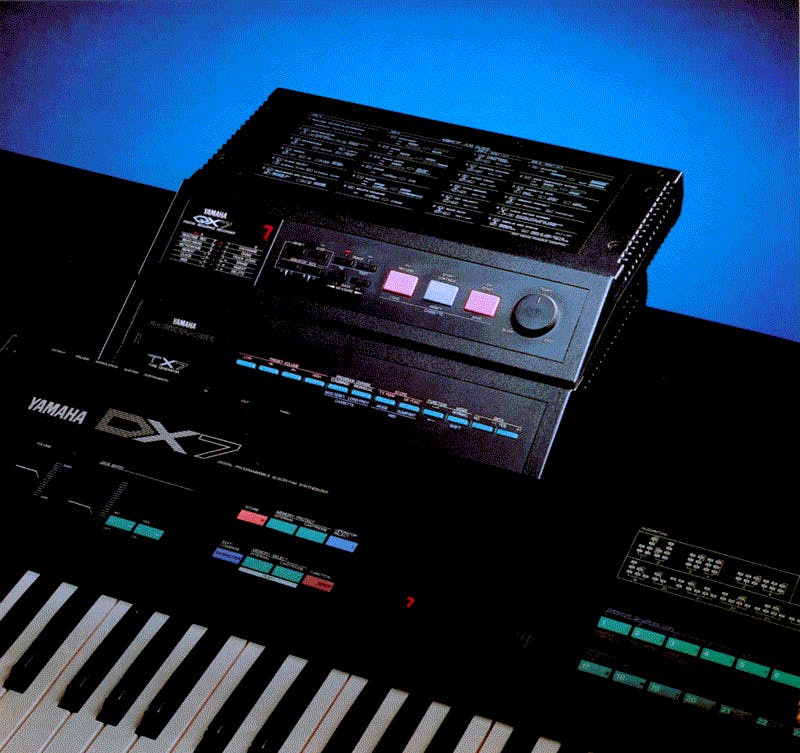One Man’s Tedium Is Another Man’s Play
(As a play on Paul Simon's One Man's Ceiling Is Another Man's Floor)
I watched an interview a while back with Todd Rundgren and they were going through his period where he was doing the Acapella album. At the time, I believe he was using one of the early samplers (or the Fairlight), and was recording each voice separately. One of the interviewers was incredulous: "What drove you to do something like that--something so tedious and manual?" But that's the way it was back then: we didn't think it was tedious and manual--it was something that was kind of enjoyable.
My first sequencer was a Yamaha QX7, a black brick thing I used with my Roland Juno 106. The first thing I did with it was to step-input the first movement Ravel's Sonatine in F# Major. Step entry is where you select the note value and play it on the keyboard. (That's what sequencers do--sequence) It took me quite a while. There was no hard drive on so you'd save your data onto a cassette tape.
People might say, "why did you do that?", but that's what we all did with new gear. I wonder the same thing about people about the same age I was who are making elaborate videos. We're just doing it for the pleasure. We like to be involved in making something even if it's tedious.
2/6/2022
***
2/6/2025
Simple repetitive actions in an artistic context don’t always have to be tedious. We marvel at things that are the culmination of thousands or millions of little actions, huge panels composed only of small elements like drinking straws or knotted gum wrappers, color-coded into representational mosaics. There’s actually a joy in tedium because you know there’s going to be a little dopamine hit when it’s finished.
3/8/2025
From The Uncanny Muse:
"[Conlon] Nancarrow worked out a process for composing directly onto paper rolls. He would sit at a hole-punching machine he had custom-made, figure out the spot on the paper where he wanted a musical note, and squeeze a handle to punch the note out of the paper. The hole-punching process for one piano piece of two or three minutes length would take him several months. Part creative purist, part garage tinkerer, parts secular monk, he spent every day in his Mexico City studio submitting to the intensive physicality of musical form known for requiring no human effort."



Comments